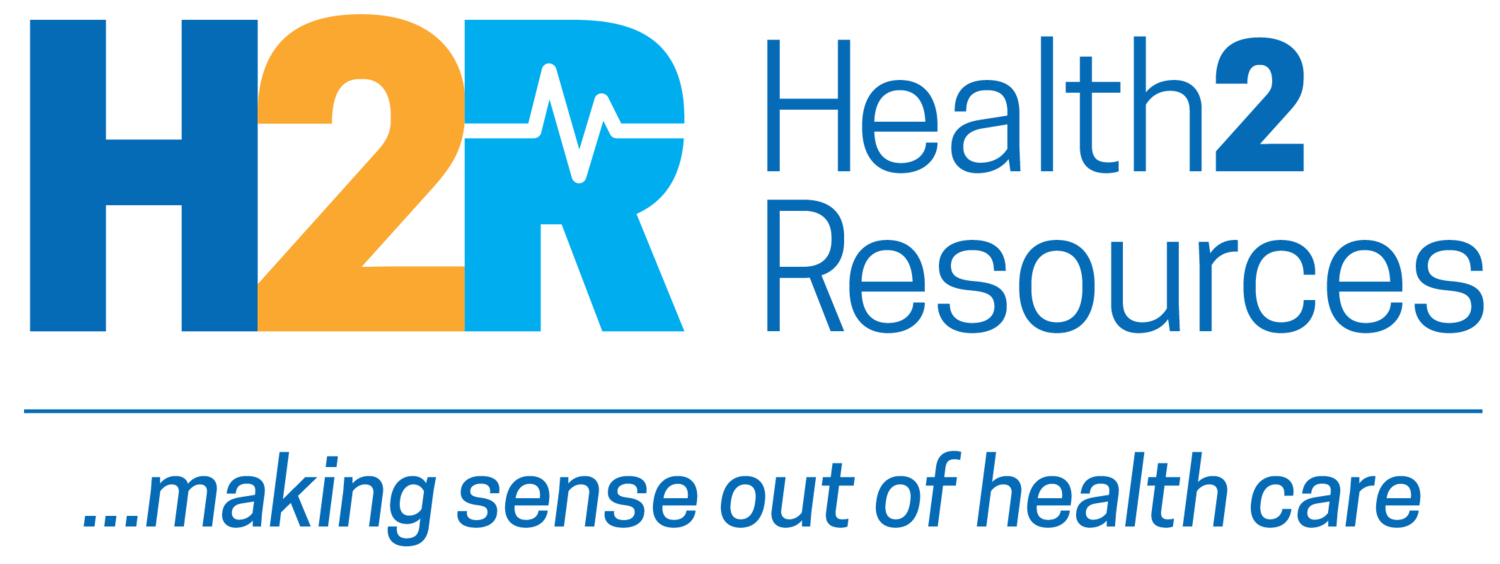August 22, 2019 | Rates of uninsured up for first time in years
August 22, 2019
INDUSTRY NEWS
Study: MSSP saves more than Medicare Advantage
Medicare Advantage spends between 2% and 5.5% more than traditional Medicare, according to a report in Health Affairs. In contrast, the Medicare Shared Savings Program saved about 1% to 2% in 2016. “[W]hen a beneficiary joins MA, Medicare spends more, on average, than it would have if the patient had remained in traditional Medicare. We find the opposite in the MSSP: When a patient joins the Medicare ACO program, Medicare costs fall,’” the authors write. “CMS should support and align both programs to foster growth and competition that generates savings to Medicare and better care for beneficiaries.” (Health Affairs)
Rates of uninsured up for first time in years
After several years of declines, the uninsured rate went up in 2017--from 10.0% in 2016 to 10.2% in 2017, according to research from the Urban Institute. The increase occurred despite growth in employer-sponsored coverage. The trend was most noticeable in states that did not expand Medicaid. The uninsured rate held stable in Medicaid expansion states at 7.6%, but increased from 13.7% to 14.3% in states that did not expand Medicaid. Researchers also found that non-expansion states lost marketplace coverage at twice the rate of expansion states. (Robert Wood Johnson Foundation)
INNOVATION & TRANSFORMATION
While playgrounds for older adults are still a relatively new phenomenon in the U.S., they’ve been around for 20 years. Adult playgrounds began in China and caught on in Japan, Finland, Germany, Austria, England, Scotland, Spain and Canada. The U.S. has followed suit. They are outfitted with low-impact exercise equipment designed to improve core muscle strength, flexibility, balance and overall well-being. (Considerable)
Researchers used two-minute video selfies to track patients’ blood pressure; the videos are made with an iPhone equipped with transdermal optical imaging software. They found that, on average, transdermal optical imaging predicted systolic blood pressure with nearly 95% accuracy and diastolic blood pressure with pulse pressure at nearly 96% accuracy. Ultimately, these findings could improve monitoring, says lead author Kang Lee, PhD, of the University of Toronto. “Cuff-based blood pressure measuring devices, while highly accurate, are inconvenient and uncomfortable. Users tend not to follow American Heart Association guidelines and device manufacturers’ suggestion to take multiple measurements each time.” (Circulation: Cardiovascular Imaging; announcement)
CONSUMERS & PROVIDERS
Debt-burdened rural hospitals, patients meet in court
Too often, an ER visit results in a follow-up visit in court—especially in rural areas. Patients who visit rural ERs in record numbers are defaulting on their bills at higher rates than ever. At the same time, many rural hospitals also are in crisis, at least partly due to bad debt, so they “fight to squeeze whatever money they’re owed from patients who don’t have it,” the Washington Post reports. “Both sides [are] drowning in debt, fighting to stay above water, and pulling each other back down.” (Washington Post)
Peer review isn’t the end-all, be-all
Peer review should not be used as “a marker of the ultimate truth,” writes Paul Thacker, a former Senate Finance Committee staffer, and Jon Tennant, a research fellow at the Center for Research and Interdisciplinarity. They write that a lack of peer review — or claims of a lack of peer review--allows partisans to dismiss research findings. At the same time, peer review can give a “veneer of respectability to research that may otherwise be shoddy or influenced by special interest groups.” More transparency about the publication process could lead to a “more nuanced understanding of how knowledge is built — and fewer people taking 'peer-reviewed' to mean settled truth.”(Washington Post)
NEW & NOTED
Sick of—or from?—vaping? The CDC is investigating a cluster of lung illnesses that may be linked to e-cigarette use. Since June 28, states have reported 94 possible cases of severe lung illness tied to vaping, primarily among teenagers and young adults, according to a CDC statement. Of those cases, 30 occurred in Wisconsin. (Reuters)
Pot in the OR: Colorado’s surgeons, nurses and anesthesiologists are taking on an additional role: understanding what weed may do to patients who undergo surgery. Since the state legalized medical marijuana in 2000 and recreational sales in 2014, more Coloradans are using it—and they may also be more willing to tell their doctors about it. (Kaiser Health News)
Stars for insurers: HealthCare.gov and the state ACA exchange websites will start publishing quality star ratings for insurance plans, CMS announced last week. (Modern Healthcare)
MULTI-MEDIA
DTC genetic testing, data privacy concerns, pique lawmaker interest
As direct-to-consumer genetic testing becomes increasingly popular, lawmakers at the state and federal levels are seeking to tighten protections for consumers who undergo testing. A Minnesota bill would ensure that individuals, and not the companies, own their genetic information. At the federal level, Congress is also weighing data privacy bills that have prompted testing firms including Ancestry, 23andMe and Helix to form a lobbying group, Coalition for Genetic Data Protection. (Minnesota Public Radio)
MARKETVOICES...QUOTES WORTH READING
“If your Social Security number is stolen you can deal with that. If your credit card is stolen you can deal with that. But at the end of the day, your DNA is you forever, and allowing people to have access to it allows them to do nefarious things.”
—Peter Pitts, a former associate commissioner at the FDA who now runs a think tank called the Center for Medicine in the Public Interest, quoted on Minnesota Public Radio.
